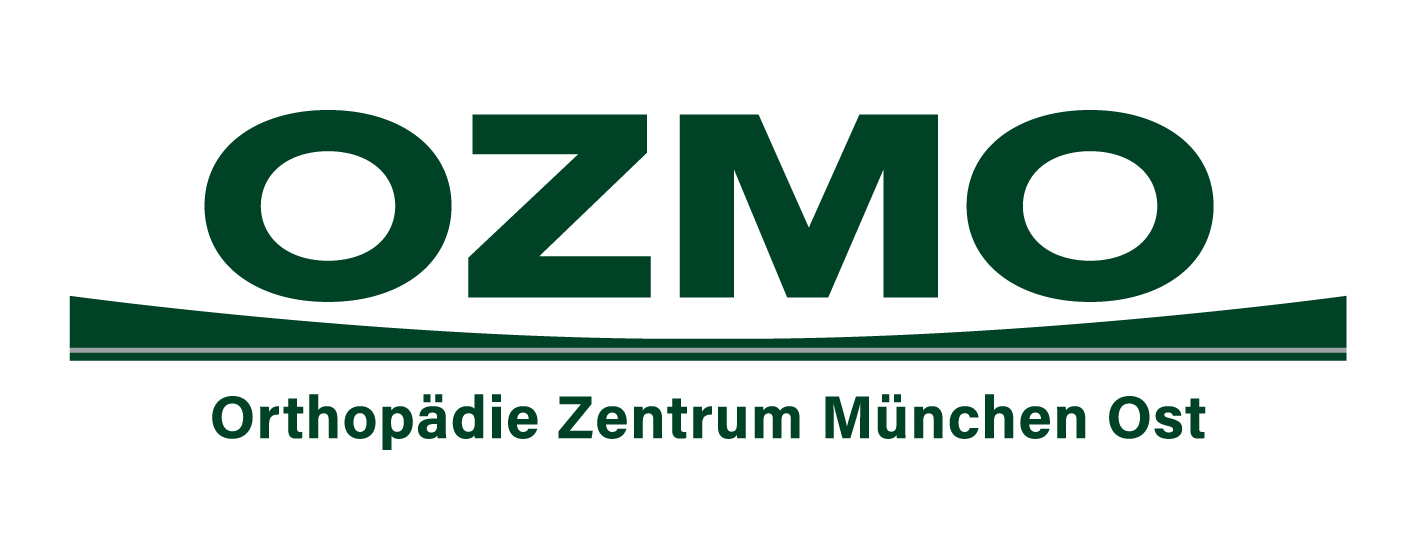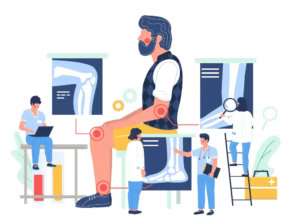In the case of stem cell therapy for osteoarthritis, a treatment plan is established via autologous transplantation. In this procedure, the patient’s own body tissue containing stem cells is removed. For stem cell therapy in osteoarthritis, this is mostly done by harvesting fatty tissue from the abdomen. The removed tissue is specially prepared for the therapy. The resulting cell mixture has many stem cells that can transform into various other types of cells, including cartilage cells, as progenitor cells.
After preparation, the tissue mixture with the high content of stem cells is directly inserted into the knee. The so-called Hoffa’s fat body is targeted as the injection area, as this has a significant influence on the metabolism of the knee joint. This area is therefore also involved in the inflammation of the knee joint that occurs in osteoarthritis. Injection of stem cells into Hoffa’s fat body improves metabolic processes and allows the tissue to regenerate to a limited extent.
After the treatment, which is performed on an outpatient basis and lasts approximately two to three hours, the patient can put completely normal weight on the knee joint in a way that is typical for everyday life. Neither hospitalization nor immobilization is necessary. Only sports activities should be avoided during the first three months. In addition, physiotherapeutic training should take place on a motion splint or an ergometer.
Unfortunately, the costs of stem cell therapy for osteoarthritis are not yet covered by health insurance companies and must therefore be borne by the patient.








